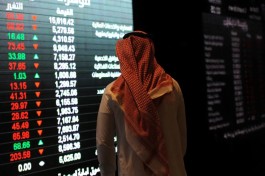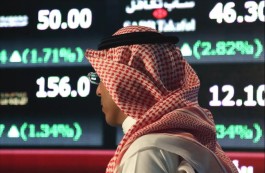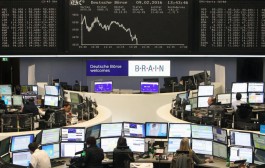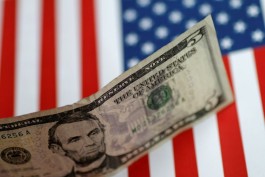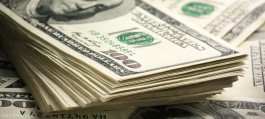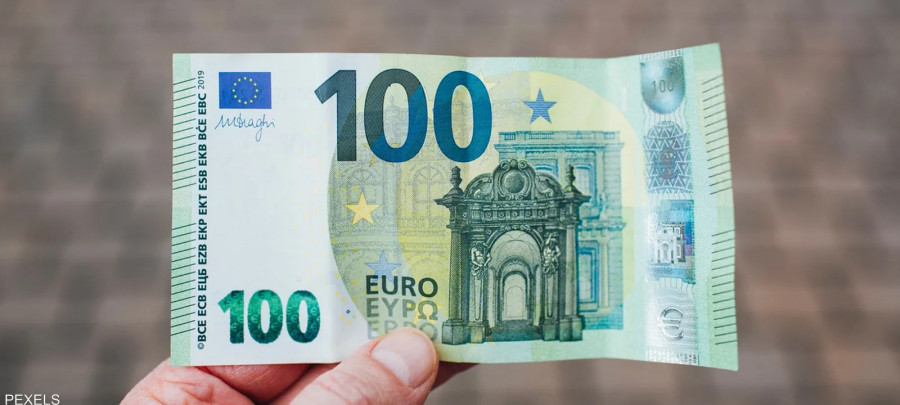For the first time in 20 years, the euro fell below $1 on Tuesday, amid energy crises pushing Europe into recession and increasing demand for the safe-haven green currency.
The euro recorded 0.999 against the dollar at 10:14 GMT in today's trading, the lowest level since 2002.
The euro suffers from several crises, foremost of which is the Russian-Ukrainian war, which contributed to the rise in oil, gas and food prices, in addition to the central bank's delay in raising interest rates despite the highest inflation rates in nearly 40 years.
On the other hand, the dollar received support from expectations that the Federal Reserve will raise interest rates at a faster and stronger pace than its peers.
Europe is suffering the most from the Russian-Ukrainian war, which has sparked an energy crisis that is ironing the continent's nations, and could lead to a long and deep recession.
For years, European policymakers have welcomed a weak currency as a way to stimulate economic growth, as it makes the bloc's exports more competitive. But now, with inflation in the eurozone at its highest levels since such records began, currency weakness is no longer desirable as it reinforces price hikes by making imports more expensive.
Last June, consumer prices in the Eurozone jumped 8.6 percent from the previous year. Some monetary policy makers have highlighted the weakness of the euro as a risk to the central bank's target of bringing inflation back to 2% in the medium term.











